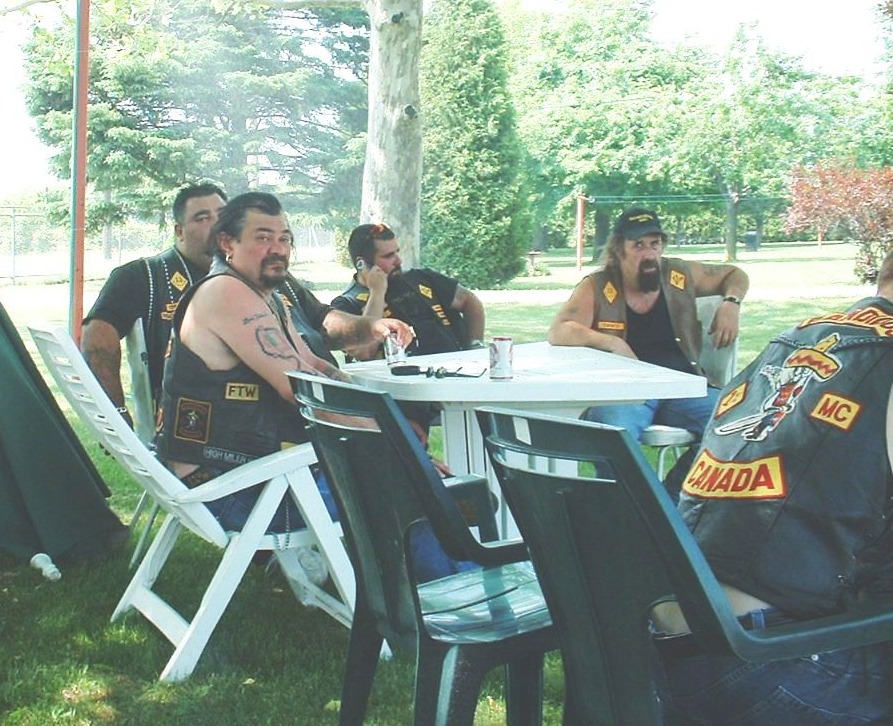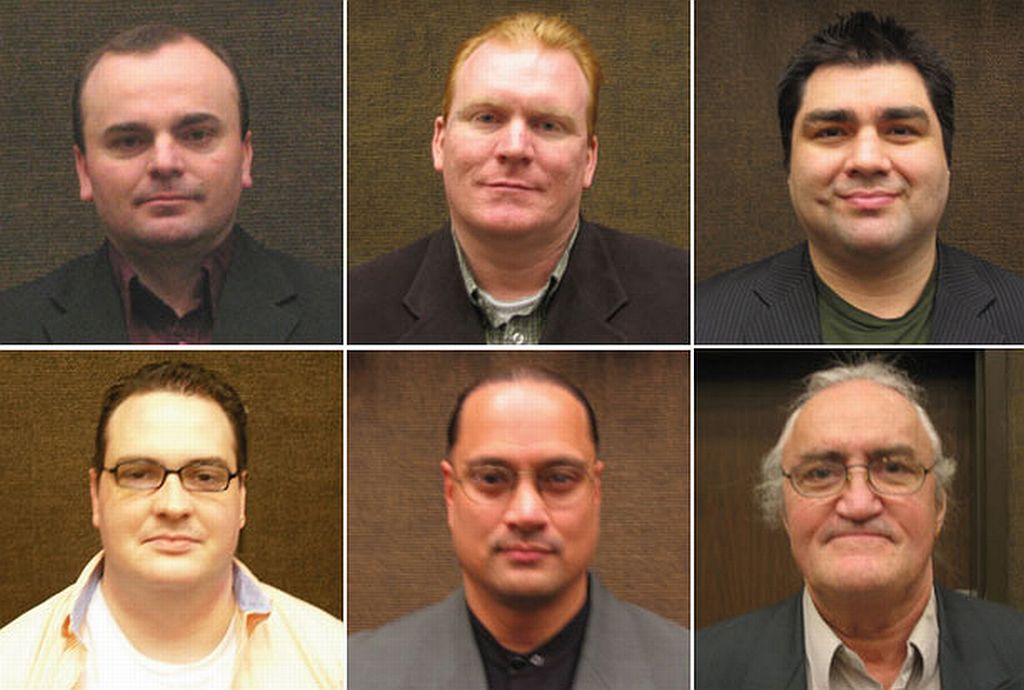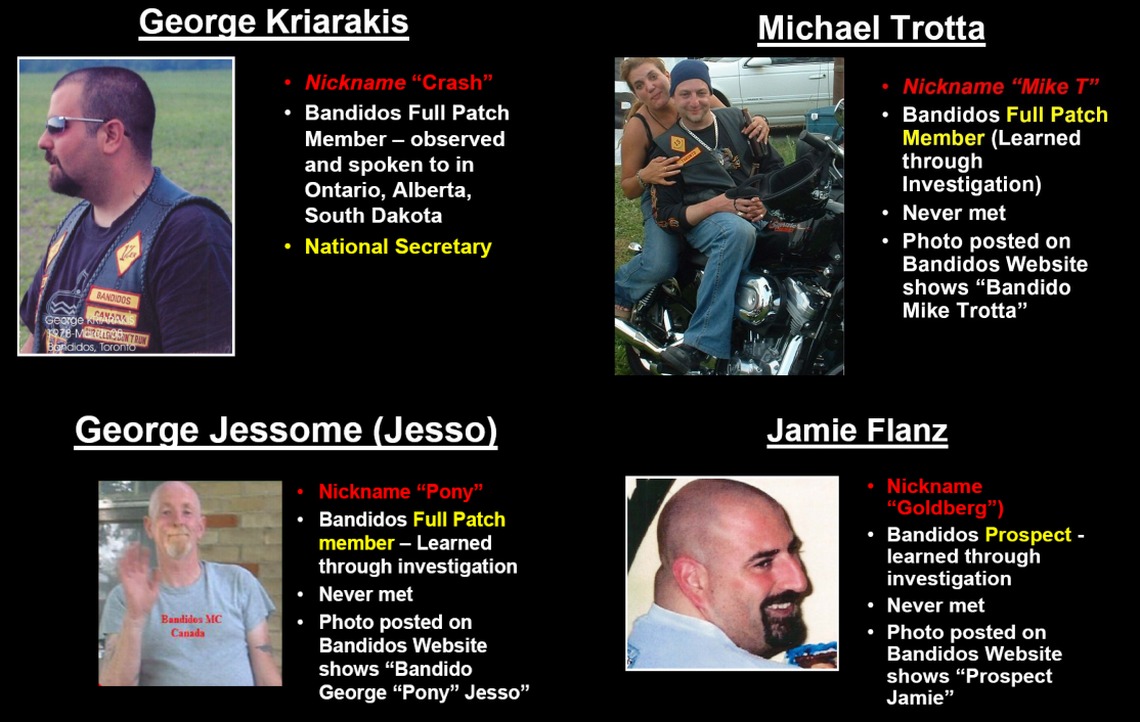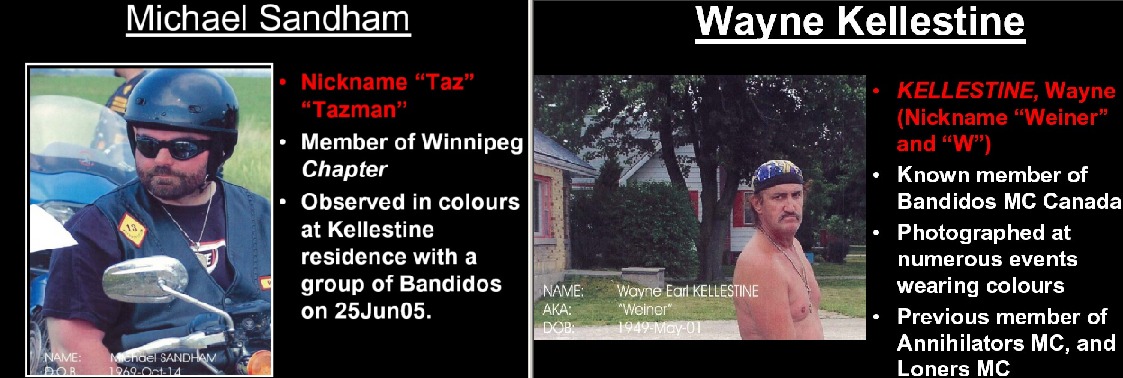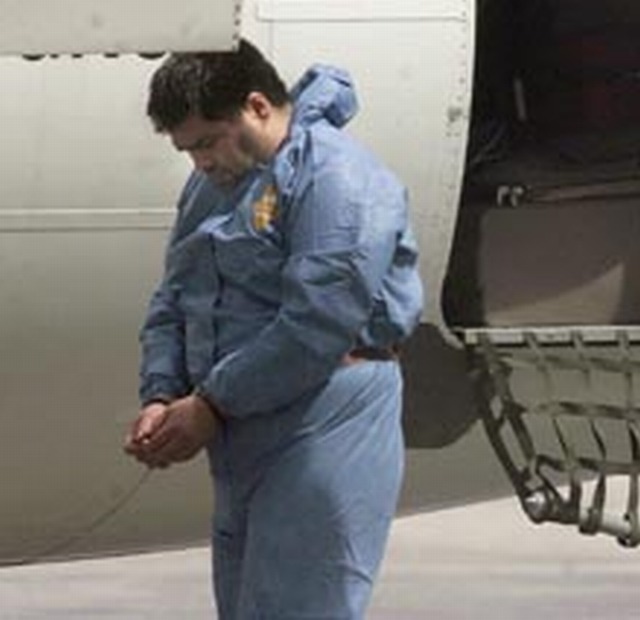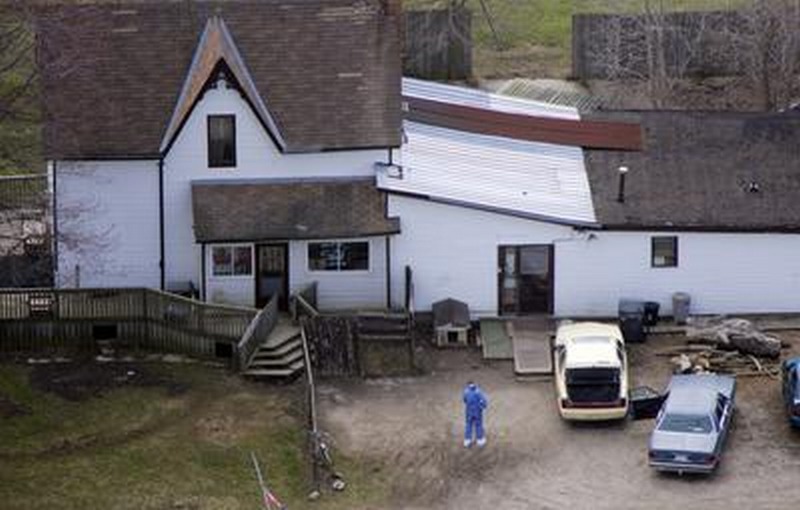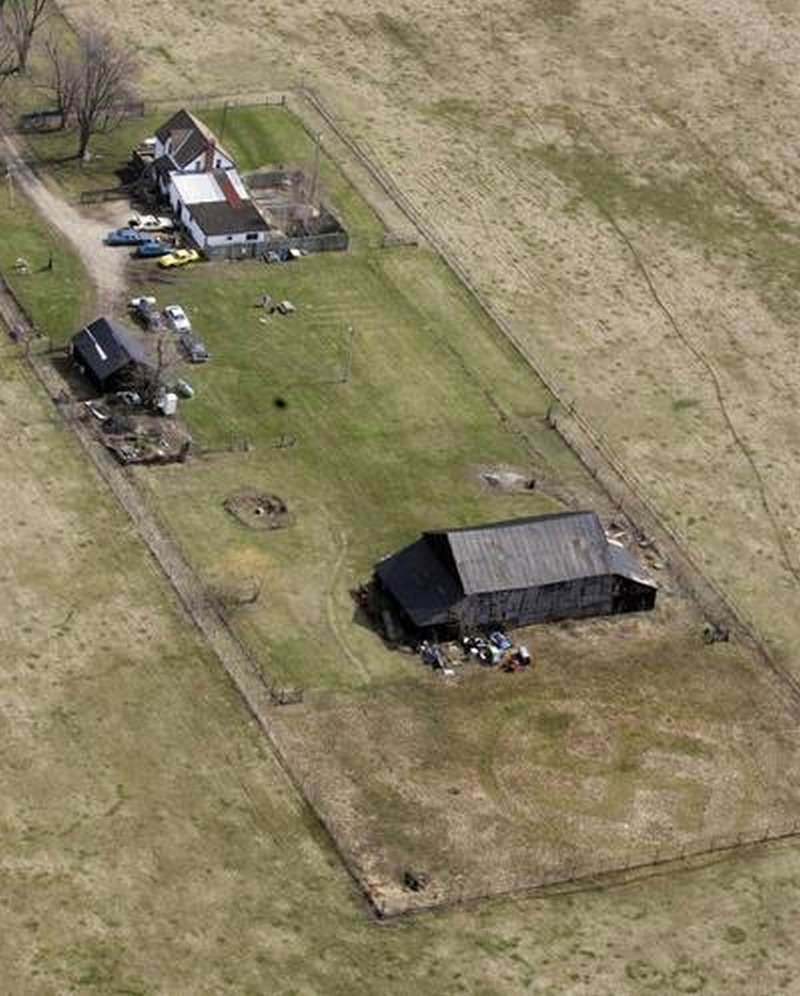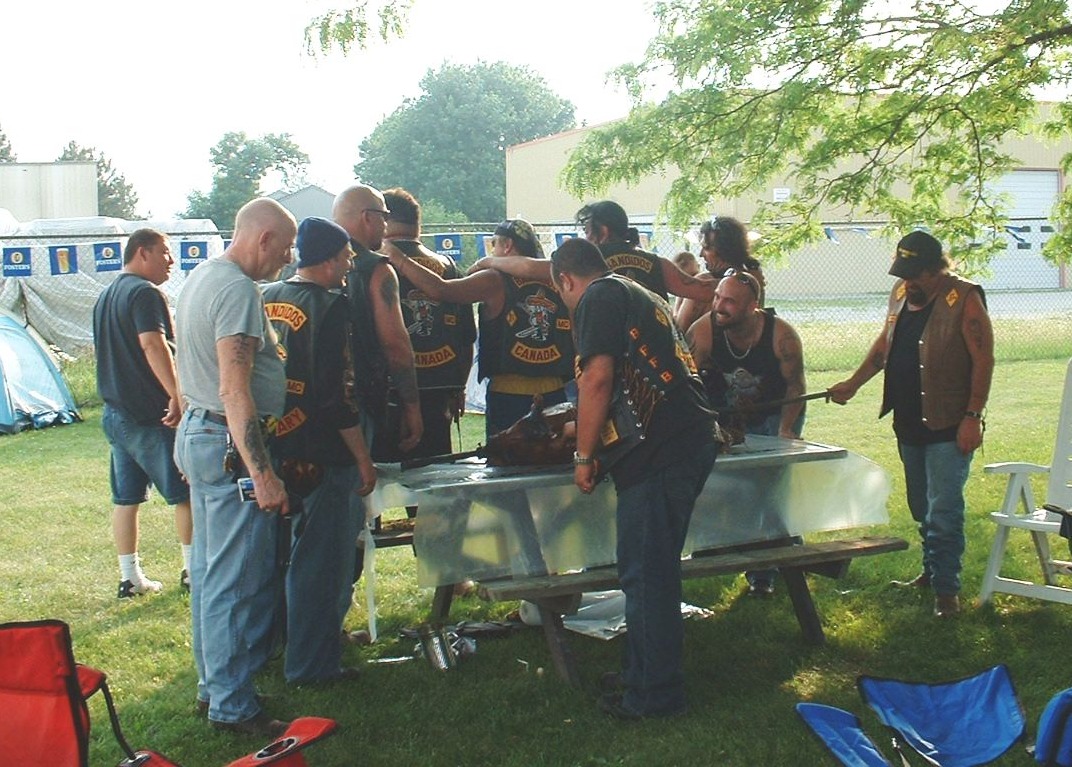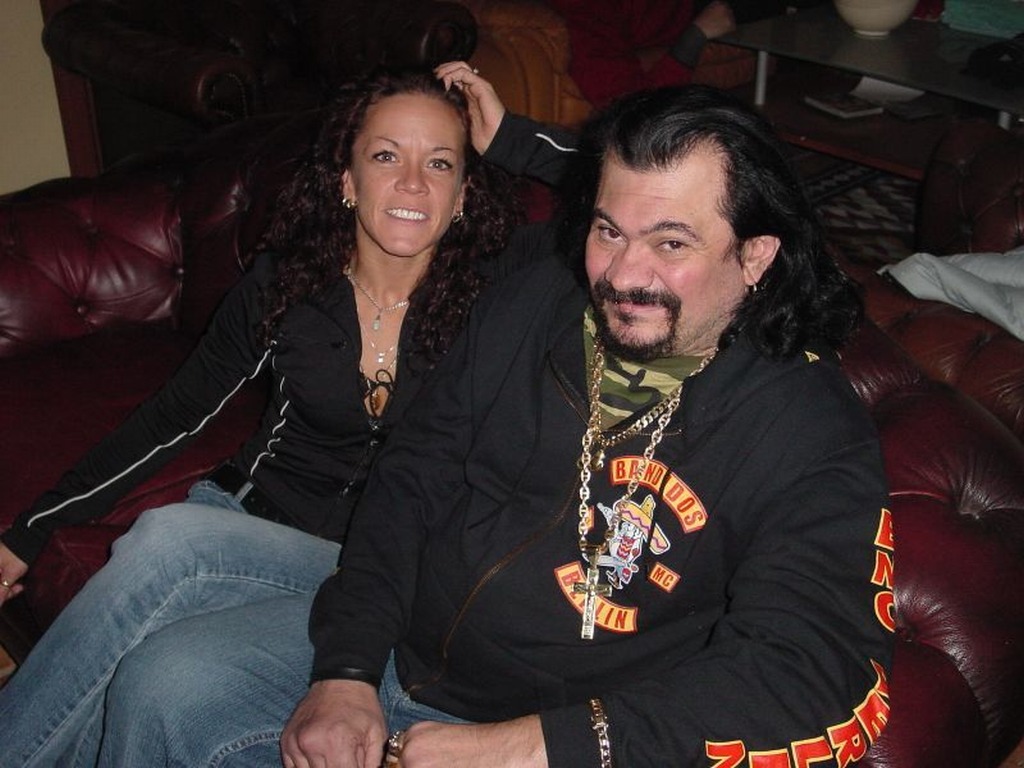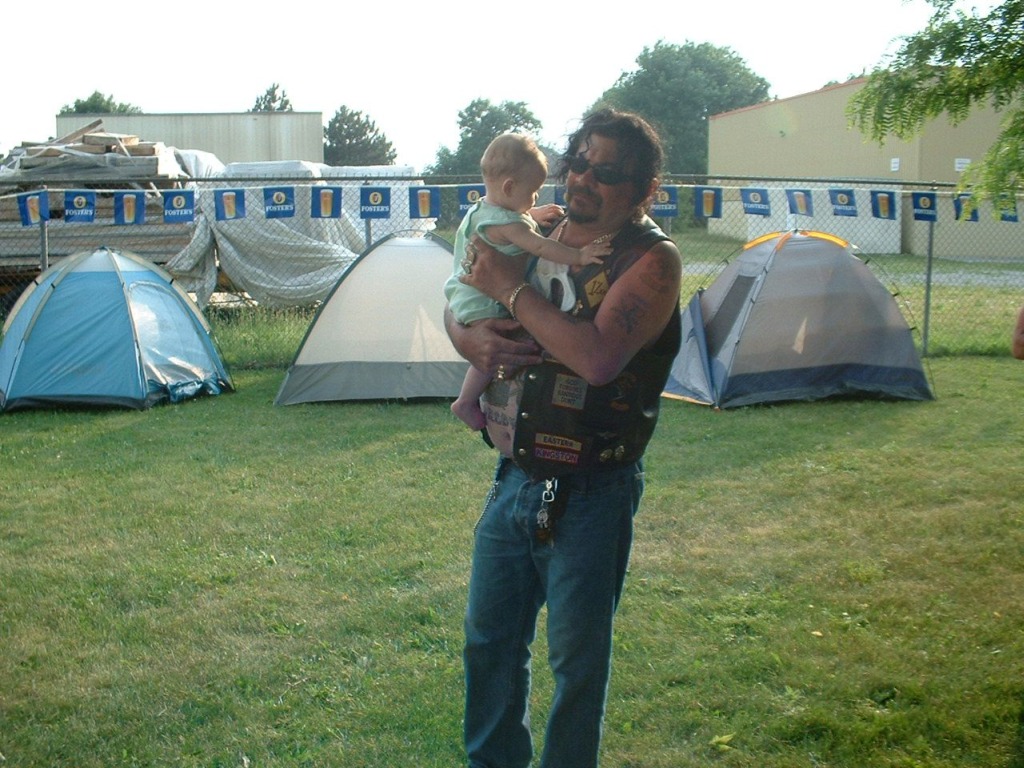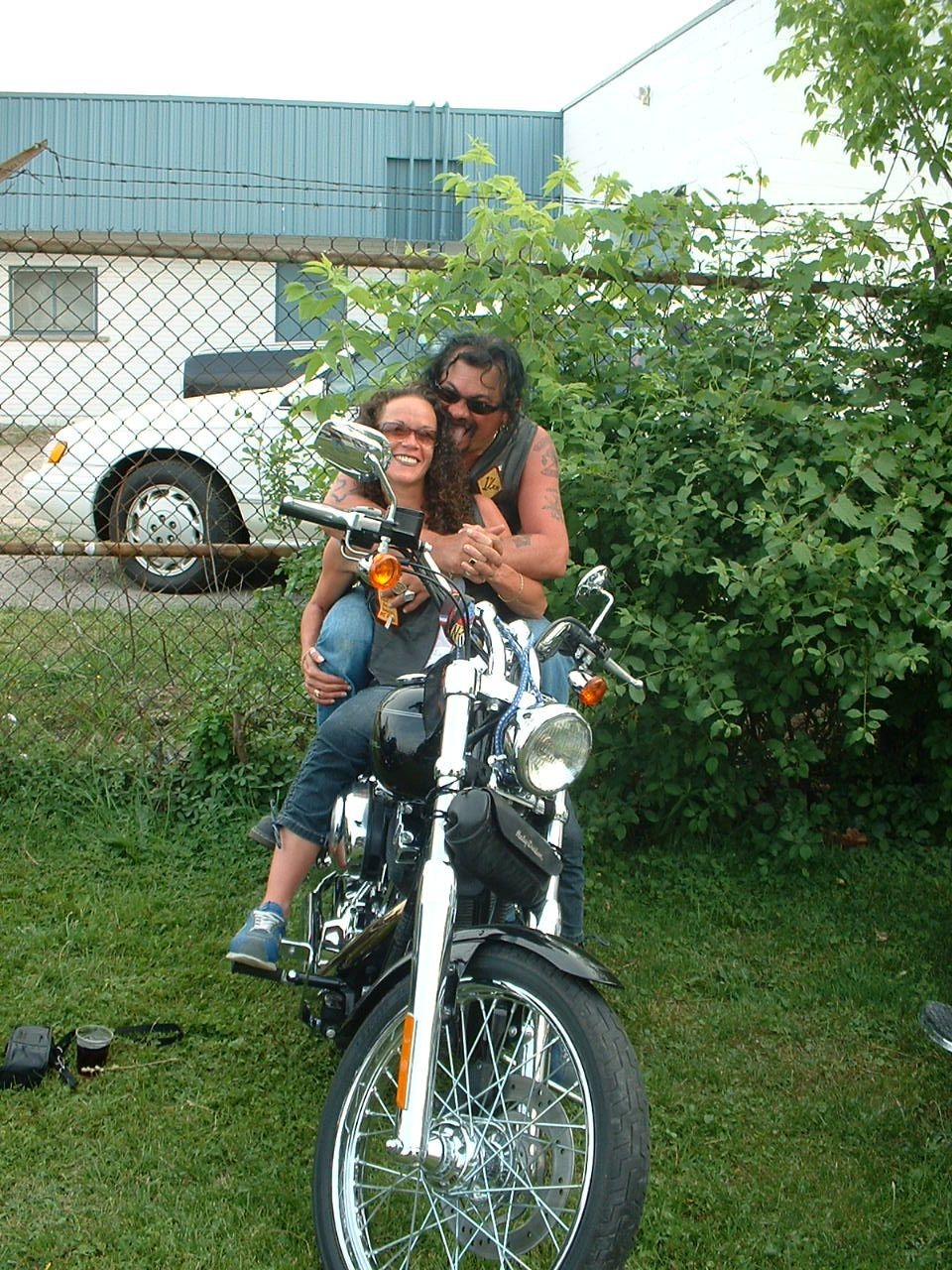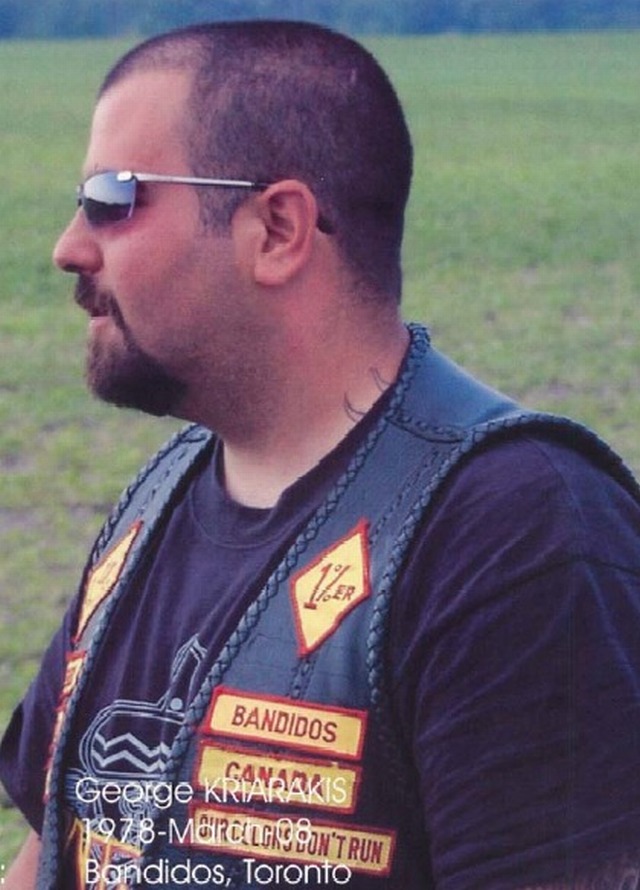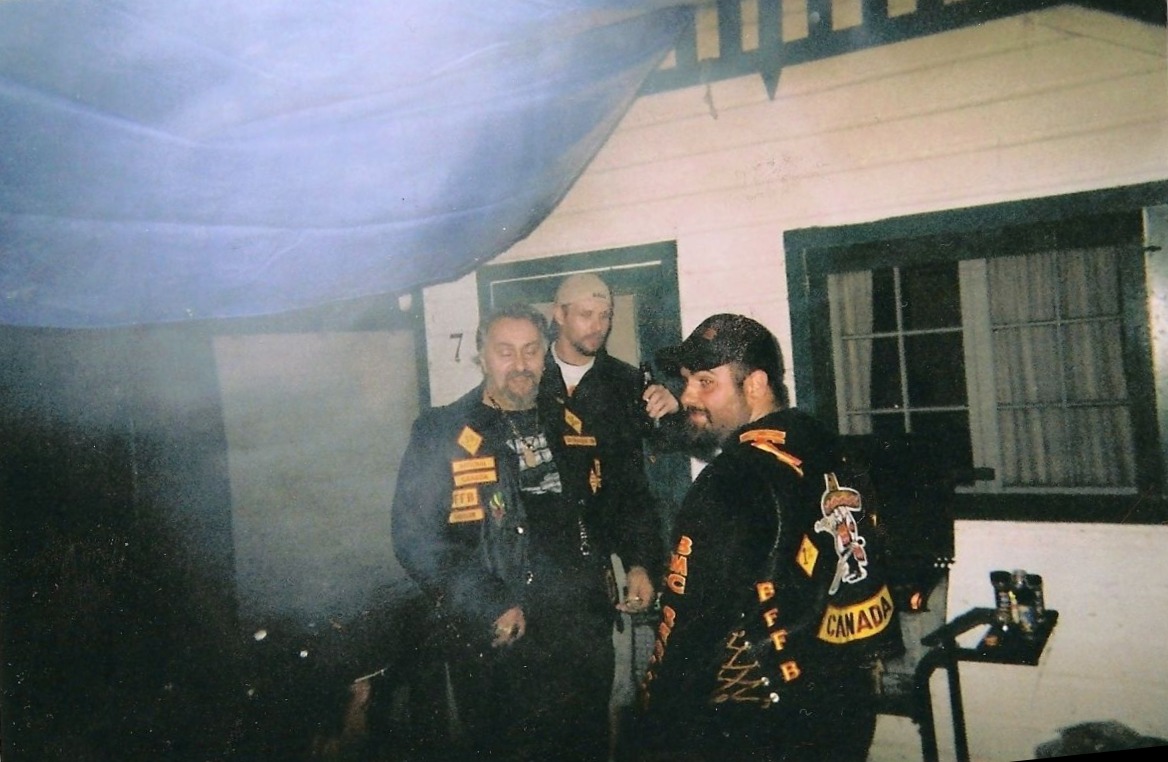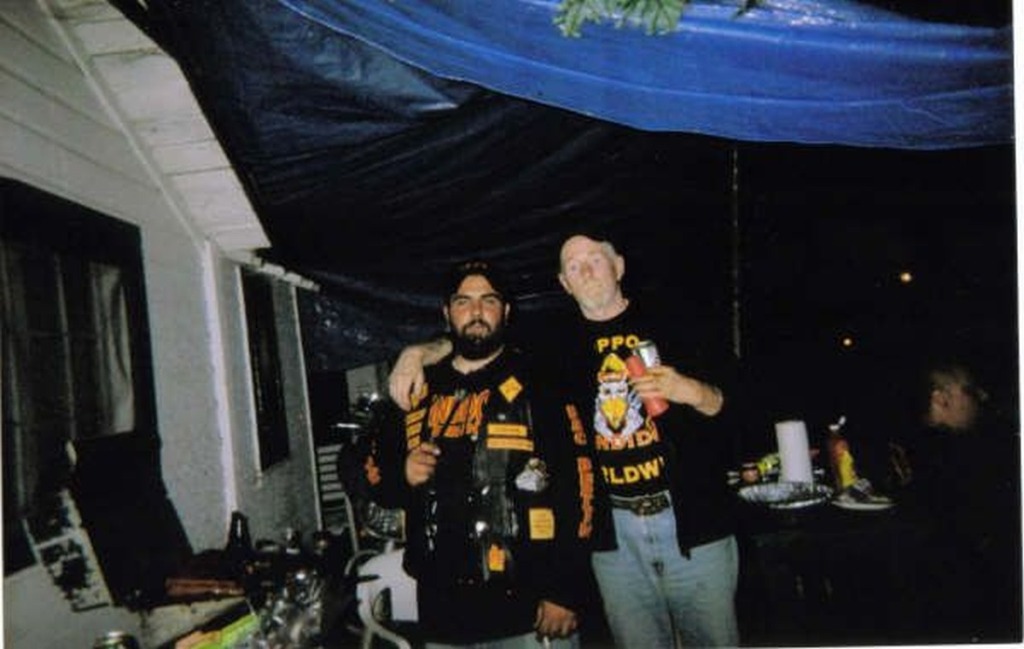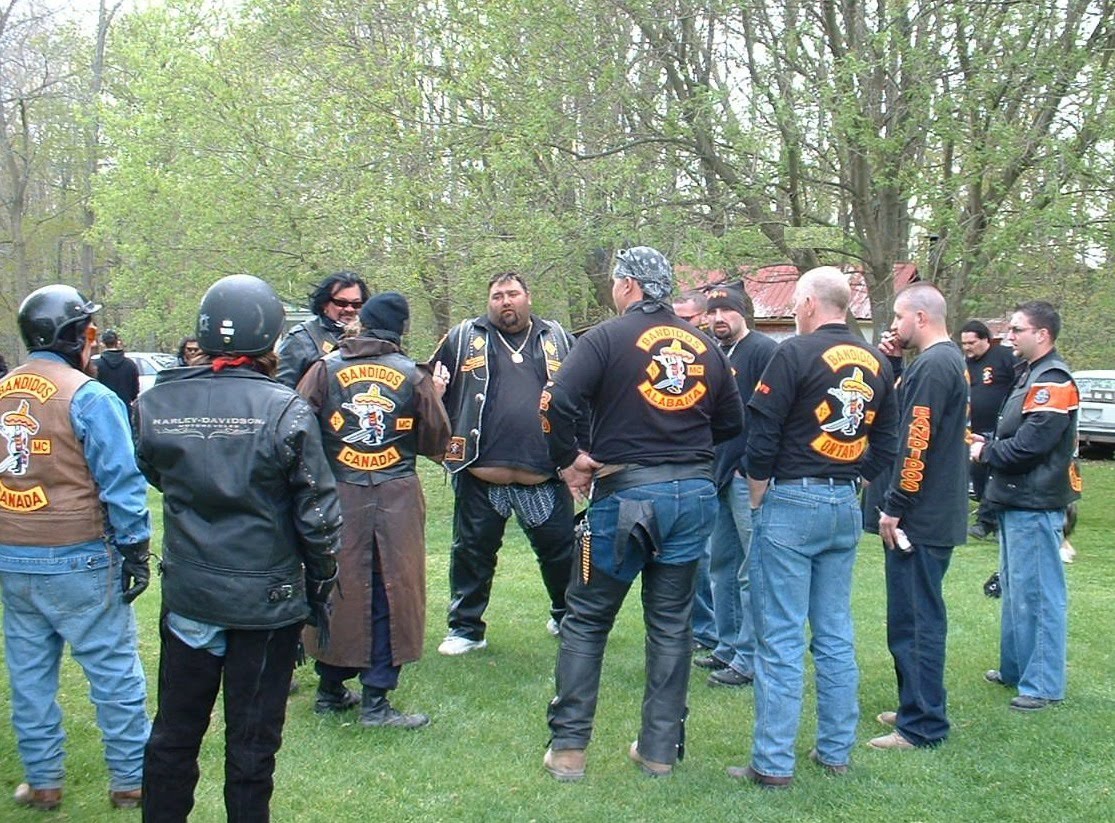Two different descriptions about Bob Pammett's home
Tuesday, July 24, 2012

Bob Pammett’s house on McNamara Rd. is nothing more than a family home on the shore of the Otonabee River, one that’s often under renovation and home to several pets.
That’s according to his lawyer, Ravin Pillay.
Crown attorney Brendan Gluckman disagrees. He claims the “home” was actually a poorly designed and barely-maintained fortified drug compound, a place where Pammett hoped to avoid police detection while dealing cocaine.
Pammett was arrested in March 2008 following a lengthy investigation involving an undercover police agent. He pleaded guilty to several drug-related charges and was released from jail in March 2010.
The Crown wants to seize the home under federal forfeiture laws on the grounds that it was part of Pammett’s criminal enterprise as a cocaine dealer.
The Crown has valued the property at about $175,000, citing its poor condition and a City of Peterborough property standards order that states it’s unfit for habitation.
Pammett and his lawyer have argued that it’s worth close to $750,000. Pammett testified in March that police destroyed the house during their search and have kept it in poor repair ever since.
Tuesday marked the forfeiture hearing’s closing arguments. Mr. Justice Michael Brown said he would likely issue his decision in the fall.
Gluckman took a deep dive into Pammett’s criminal past as he addressed the court, citing a history of drug dealing and involvement with the Bandidos biker gang.
On three separate occasions an undercover police agent was summoned to the McNamara Rd. home to pick up his supply, a product Pammett himself described as “Grade A cocaine,” Gluckman said. The agent ended up buying a total of 15 ounces of cocaine from Pammett during the investigation.
Pammett, a former member of the Bandidos biker gang, told the agent he hoped to revive the club and bring the Bandidos back into Ontario. The Bandidos presence in the province effectively ended in 2006 after eight of its nine members were executed at a farmhouse outside of London.
Pammett’s statements were caught on tape, Gluckman said, along with his description of himself as a long-time commercial drug trafficker.
The home at the south edge of the city supported those claims, Gluckman said. He described it as surrounded by a chain link fence and steel gates, with guard dogs on patrol and surveillance cameras mounted throughout the property.
Most of the windows were boarded up, Gluckman said, and steel bars reinforced the doors. Every adult in the house, including Pammett’s wife and two grown children, were involved in dealing drugs, he said.
If strong evidence of criminal enterprise and organized crime isn’t enough for the court than the home’s condition should be taken into account, Gluckman argued.
It is built on a flood plain with shoddy workmanship and materials, he said, and has a waterlogged septic system and water pooling in the basement.
Pillay argued that seizing Pammett’s house would be a punishment that far outweighed his client’s crimes.
The law allowing courts to seize a home was designed to be used in rare and very serious cases, he said. There was no evidence to suggest that the home was anything other than a family residence, he said, let alone a fortified drug compound.
He said the Crown’s claim that the house was barely liveable is hampered by the fact that no one itemized any damage when police seized it in 2008. The order declaring it unfit for habitation was issued in April 2010, Pillay said, two years after it had been in the care of a property maintenance company hired by the federal government.
No one knows what damage existed when Pammett lived there, what police caused and what has happened since the government took over, he said.
Pillay said a regular chain-link fence surrounds the property, a common feature at many homes, and there is almost 700 feet of unprotected shoreline on the riverbank.
“This was not, by any stretch of the imagination, a secure perimeter,” he said.
There was no evidence that Pammett’s dogs were anything other than family pets, Pillay said. Police and visitors never expressed any concerns about their behaviour.
A few cameras and monitors are a far cry from the Crown’s description of a sophisticated surveillance system, he said.
Police also failed to turn up any evidence of drugs coming into the house, Pillay said. Thirty ounces of cocaine hidden in one of the walls was simply stashed there, he said, a marked difference from a home hosting a sophisticated growing operation or drug lab.
The Crown doesn’t have a shred of evidence tying Pammett to organized crime, he said, arguing that it has relied Pammett’s boasts, caught on tape but made to impress the police agent.
http://www.thepeterboroughexaminer.com/2012/07/24/two-different-descriptions-about-bob-pammetts-home

